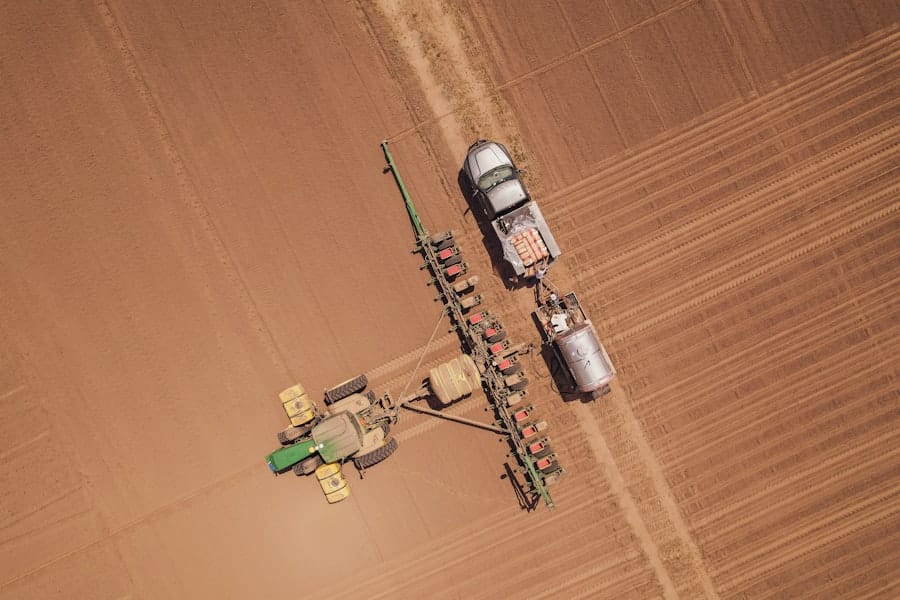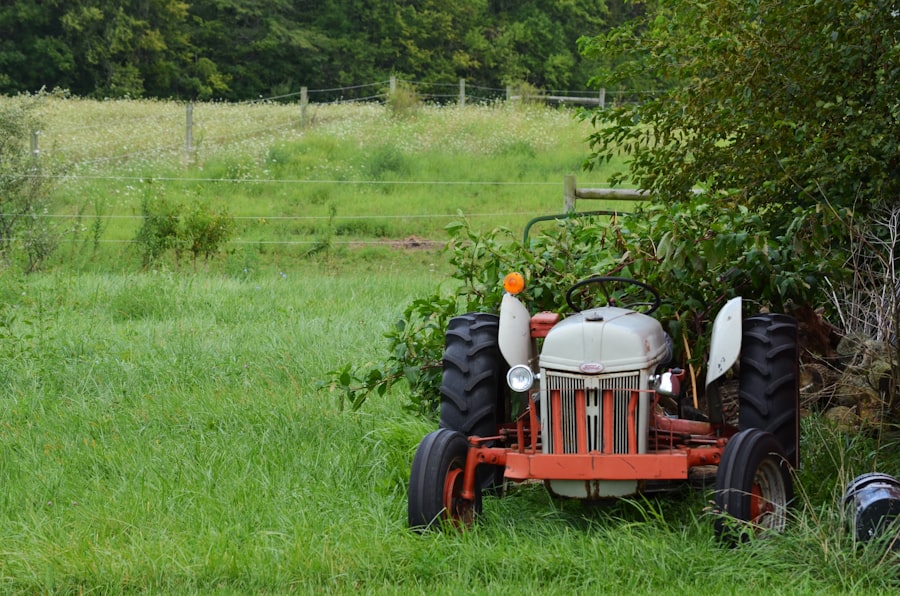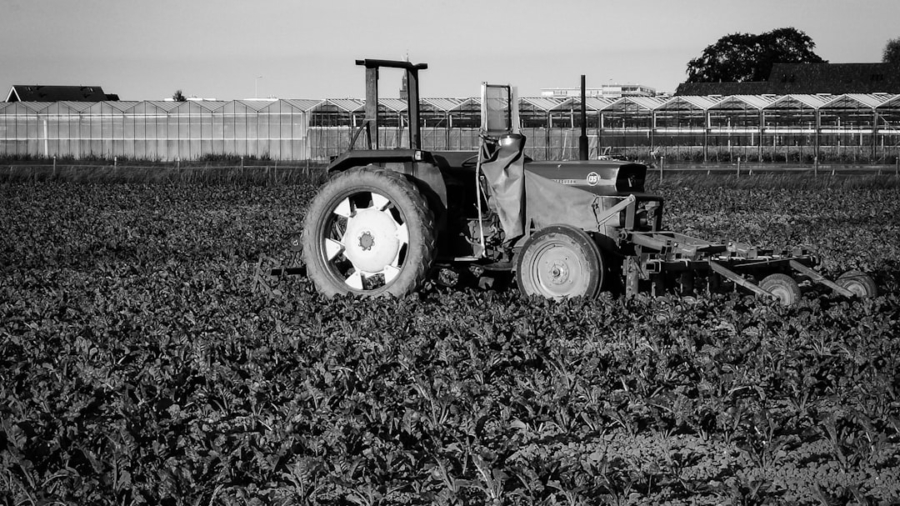The integration of technology into agriculture has transformed traditional practices, and one of the most significant advancements in this domain is the emergence of agricultural robots. In vineyard management, these robots are becoming indispensable tools that enhance efficiency, precision, and sustainability. As vineyards face increasing pressures from labor shortages, climate change, and the demand for higher quality produce, the adoption of robotic systems offers a promising solution.
These machines are designed to perform a variety of tasks, from planting and pruning to harvesting and monitoring crop health, thereby revolutionizing how vineyards operate. The concept of agricultural robotics is not entirely new; however, its application in vineyards has gained momentum in recent years. With the advent of sophisticated sensors, artificial intelligence, and machine learning algorithms, these robots can now perform complex tasks that were once solely reliant on human labor.
The ability to automate labor-intensive processes allows vineyard managers to focus on strategic decision-making while ensuring that their operations remain productive and profitable. As the wine industry continues to evolve, understanding the role and impact of agricultural robots in vineyard management becomes increasingly crucial.
Key Takeaways
- Agricultural robots are revolutionizing vineyard management by automating various tasks such as pruning, spraying, and harvesting.
- The benefits of using agricultural robots in vineyard management include increased efficiency, reduced labor costs, and improved crop quality.
- Agricultural robots play a crucial role in vineyard management by performing repetitive and labor-intensive tasks with precision and consistency.
- A case study on implementing agricultural robots in a vineyard demonstrates how the technology can lead to higher yields and cost savings.
- Despite their potential, challenges and limitations of using agricultural robots in vineyard management include high initial investment and the need for specialized training.
The Benefits of Using Agricultural Robots in Vineyard Management
One of the primary benefits of employing agricultural robots in vineyard management is the significant increase in efficiency they provide. Robots can operate around the clock without the need for breaks or rest, allowing for continuous work cycles that can dramatically reduce the time required for various tasks. For instance, robotic harvesters can pick grapes at a speed and precision that far surpasses human laborers, ensuring that grapes are harvested at their optimal ripeness.
This not only enhances the quality of the wine produced but also maximizes yield by minimizing waste. Moreover, agricultural robots contribute to improved precision in vineyard management. Equipped with advanced sensors and imaging technology, these robots can assess vine health, detect diseases, and monitor soil conditions with remarkable accuracy.
This data-driven approach enables vineyard managers to make informed decisions regarding irrigation, fertilization, and pest control. By applying resources more judiciously, vineyards can reduce costs while simultaneously promoting sustainable practices. For example, targeted pesticide application through robotic systems minimizes chemical use and mitigates environmental impact.
The Role of Agricultural Robots in Vineyard Management

Agricultural robots play multifaceted roles in vineyard management, addressing various aspects of viticulture. One of their primary functions is precision viticulture, which involves using data analytics to optimize vineyard performance. Robots equipped with multispectral cameras can capture images of vines and analyze them for indicators of health and growth patterns.
This information allows vineyard managers to identify areas that require attention, such as underperforming vines or sections affected by disease.
Robotic pruners utilize advanced algorithms to determine the optimal cutting points on each vine, ensuring that growth is maximized while maintaining the overall health of the plant.
Thinning robots can selectively remove excess clusters of grapes to ensure that remaining fruit receives adequate sunlight and nutrients. This level of precision not only enhances grape quality but also reduces labor costs associated with manual labor.
Case Study: Implementing Agricultural Robots in a Vineyard
A notable example of agricultural robots in action can be found at a vineyard in California’s Napa Valley, where a pioneering winery has integrated robotic technology into its operations. The winery invested in a fleet of autonomous robots designed for various tasks, including grape harvesting and vineyard maintenance. These robots are equipped with state-of-the-art sensors that allow them to navigate the vineyard autonomously while avoiding obstacles such as trellises and other equipment.
During the harvest season, these robots demonstrated their efficiency by completing tasks that would typically require a large team of human workers. The winery reported a significant reduction in labor costs while maintaining high standards for grape quality. Additionally, the data collected by the robots during their operations provided valuable insights into vine health and soil conditions, enabling the vineyard management team to make timely interventions when necessary.
The success of this case study highlights not only the operational benefits of agricultural robots but also their potential to enhance decision-making processes within vineyard management. By leveraging real-time data analytics, vineyard managers can adapt their strategies based on empirical evidence rather than relying solely on intuition or historical practices.
Challenges and Limitations of Using Agricultural Robots in Vineyard Management
Despite the numerous advantages offered by agricultural robots, several challenges and limitations must be addressed for widespread adoption in vineyard management. One significant hurdle is the initial investment required for robotic systems. The cost of purchasing and maintaining advanced robotic technology can be prohibitive for smaller vineyards or those operating on tight budgets.
While larger operations may benefit from economies of scale, smaller producers may struggle to justify the expense without clear evidence of return on investment. Another challenge lies in the integration of robotic systems with existing vineyard practices. Many vineyards have established workflows that rely heavily on human labor, and transitioning to automated systems requires careful planning and training.
Vineyard workers may need to adapt to new roles that involve overseeing robotic operations rather than performing manual tasks. This shift can lead to resistance among staff who may fear job displacement or lack confidence in working alongside machines.
Future Implications and Developments of Agricultural Robots in Vineyard Management

The future of agricultural robots in vineyard management is poised for significant advancements as technology continues to evolve. Innovations in artificial intelligence and machine learning will likely enhance the capabilities of these robots, allowing them to perform increasingly complex tasks with greater autonomy. For instance, future robots may be able to analyze environmental factors such as weather patterns and soil moisture levels in real-time, enabling them to make autonomous decisions about irrigation or pest control.
Moreover, as consumer demand for sustainable and organic wines grows, agricultural robots will play a crucial role in promoting environmentally friendly practices within vineyards. By optimizing resource use and minimizing chemical applications through precision agriculture techniques, these robots can help vineyards meet sustainability goals while maintaining profitability. The development of biodegradable materials for robot construction could further enhance their environmental credentials.
The Economic and Environmental Impact of Agricultural Robots in Vineyard Management
The economic implications of adopting agricultural robots in vineyard management are profound. By reducing labor costs and increasing efficiency, vineyards can improve their profit margins significantly. The ability to harvest grapes at peak ripeness without delays due to labor shortages ensures that wineries can produce high-quality wines consistently.
Furthermore, the data-driven insights provided by robotic systems enable vineyard managers to make informed decisions that optimize resource allocation and reduce waste. From an environmental perspective, agricultural robots contribute positively by promoting sustainable farming practices. Precision viticulture reduces the overuse of fertilizers and pesticides, leading to healthier ecosystems within vineyards.
Additionally, by minimizing soil compaction through lighter robotic systems compared to traditional machinery, vineyards can maintain soil health over time. This focus on sustainability not only benefits the environment but also aligns with consumer preferences for eco-friendly products.
The Potential of Agricultural Robots in Revolutionizing Vineyard Management
The potential for agricultural robots to revolutionize vineyard management is immense. As technology continues to advance, these machines will become increasingly capable of performing a wide range of tasks with precision and efficiency. The benefits they offer—ranging from enhanced productivity and reduced labor costs to improved sustainability—position them as essential tools for modern vineyards facing contemporary challenges.
While there are challenges associated with their implementation, such as initial costs and workforce adaptation, the long-term advantages far outweigh these hurdles. As more vineyards embrace robotic technology, we can expect a transformation in how wine is produced, leading to higher quality products that meet consumer demands while promoting environmental stewardship.
In the realm of technological advancements in agriculture, the case study on agricultural robots in vineyard management highlights the transformative impact of automation on traditional farming practices. A related article that delves into the broader implications of technology in various fields is Discover the Best Laptop for Remote Work Today. This article explores how the right technological tools can enhance productivity and efficiency, much like how agricultural robots are revolutionizing vineyard management by optimizing labor and improving crop yields. Both pieces underscore the importance of integrating modern technology to meet the evolving demands of different industries.
FAQs
What are agricultural robots?
Agricultural robots are autonomous or semi-autonomous machines designed to perform various tasks in the agricultural industry, such as planting, harvesting, weeding, and monitoring crop health.
How are agricultural robots used in vineyard management?
In vineyard management, agricultural robots are used for tasks such as pruning, canopy management, and harvesting. These robots can navigate through the vine rows, identify and prune or harvest the grapes, and collect data on vine health and yield.
What are the benefits of using agricultural robots in vineyard management?
Using agricultural robots in vineyard management can lead to increased efficiency, reduced labor costs, and improved crop quality. These robots can also help vineyard managers make data-driven decisions and optimize their operations.
Are there any challenges associated with using agricultural robots in vineyard management?
Challenges associated with using agricultural robots in vineyard management include the initial investment cost, the need for specialized training to operate and maintain the robots, and the potential limitations in certain vineyard terrains or layouts.
What is the future outlook for agricultural robots in vineyard management?
The use of agricultural robots in vineyard management is expected to continue to grow as technology advances and the industry seeks more efficient and sustainable solutions. Continued research and development in this field may lead to further advancements in robotic capabilities and applications in vineyard management.

